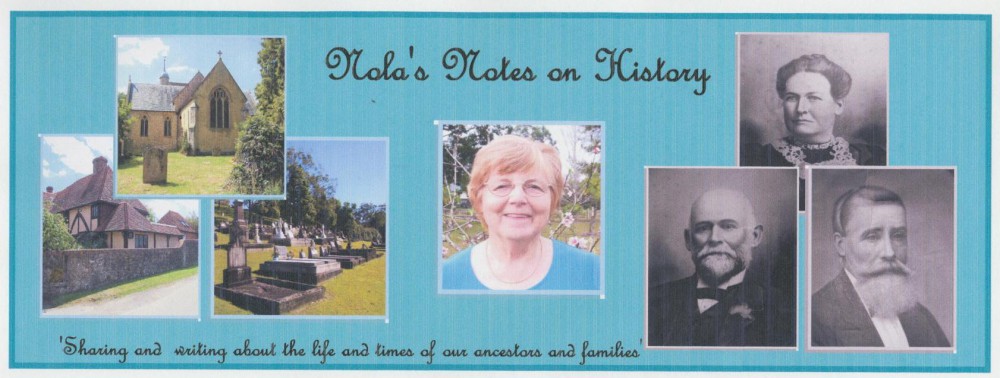The occupation of a ‘Lamp Trimmer” in the past was a very important one. These men were responsible for keeping ‘the lights’ in order and burning in all weather conditions, whether a municipal employee trimming the street lights, working for a railway company in trains and on stations, or even very large houses. However, it was on-board ships that he was of the greatest value.

In the days of sailing ships, this duty might fall to one or more of the petty officers on-board to attend to the navigational lights required by International Marine Law.
In pre-electric light times, when candles and oil lamps were the sole means of illumination, the rule of ‘lights out’ at ten pm was strictly enforced as a precaution against fire.
However, as ships got larger, especially with the advent of steam power, a ‘lamp trimmer’ was usually employed to take care of the many lights on ships. Both the cabin and navigational lights.
The lamp trimmer usually worked from a small room known as a ‘lamp locker’ containing tanks of oil, (originally Camphene and later kerosene), rolls of wick, spare lamps, chimneys, burners, scissors, reflectors, and cotton waste for cleaning purposes. He spent part of his days and most nights moving around the ship trimming and attending to all kind of lamps.
Even after the introduction of the electric light, International Regulations for the safety of life at sea made it mandatory that all ships should carry a spare set of oil navigation lights. These consisted of two white mast-head lights, one stern light, two anchor lights, one signaling lamp, one red and one green side lights, and two red ‘not under command’ lights. The latter was displayed one above the other, not less than six feet apart, whenever a ship was not under proper control owing to some defect in her engines or steering gear. It was the signal to other ships to give her a wide berth.
Even when all the above lights were normally electric, the spare oil lamps had to be kept trimmed, and once a week they had to burn for two hours, to ensure they were in good order.
The lamp trimmer was often given the nickname of ‘Lamps’ or ‘Lampey”, and he had to be a very competent seaman, who knew the importance of keeping all the lights trimmed and working in all weathers and situations. An inexperienced or lazy seaman would never have been employed in that position.
It was never an easy job but was often downright dangerous in stormy and wet weather as we learn from the experience of Frank Bullen in the next blog.
 Binacle with light
Binacle with light
Pictures from Google images https://www.google.com.au/ from eBay retrieved 22 January 2018
